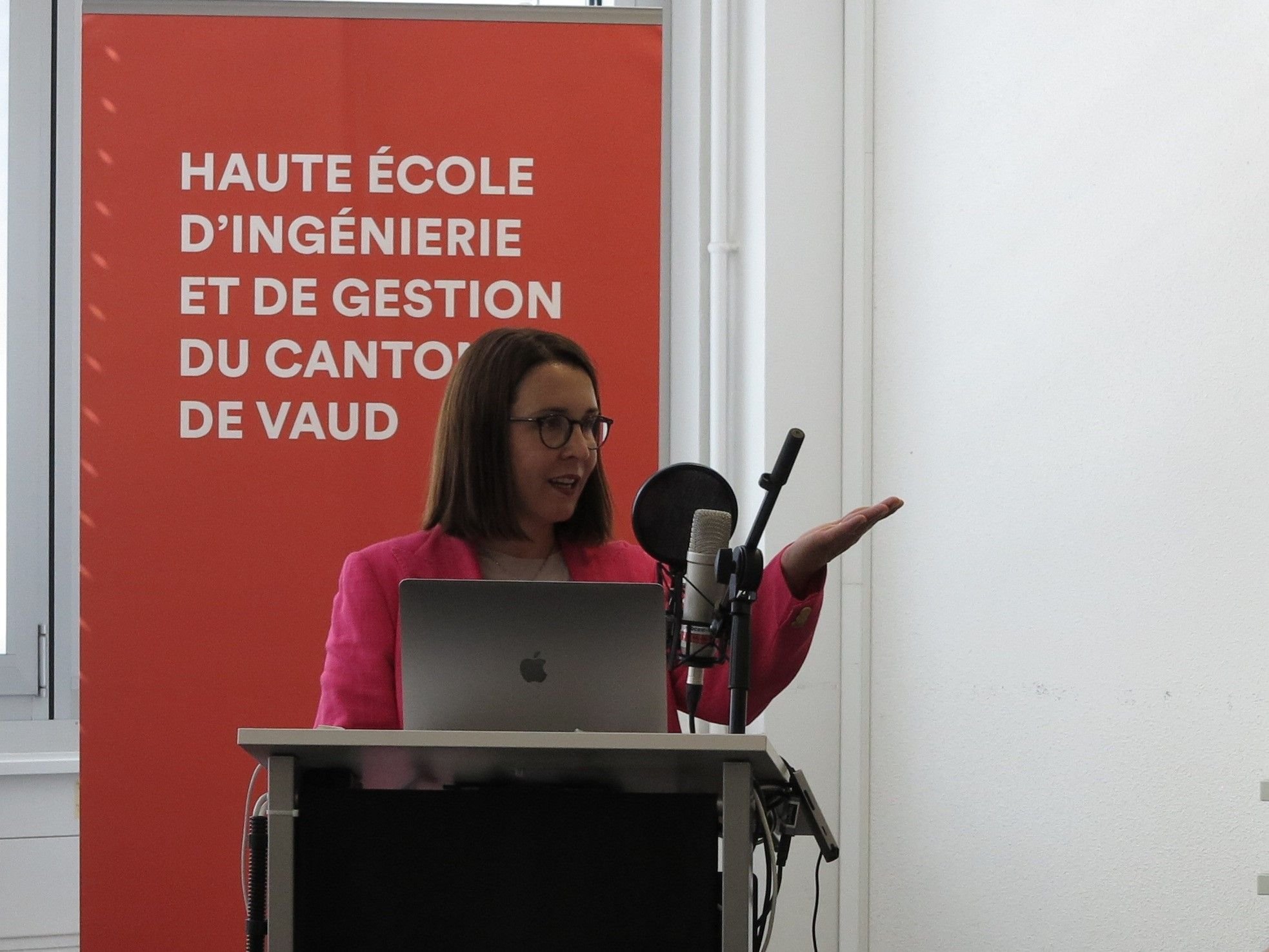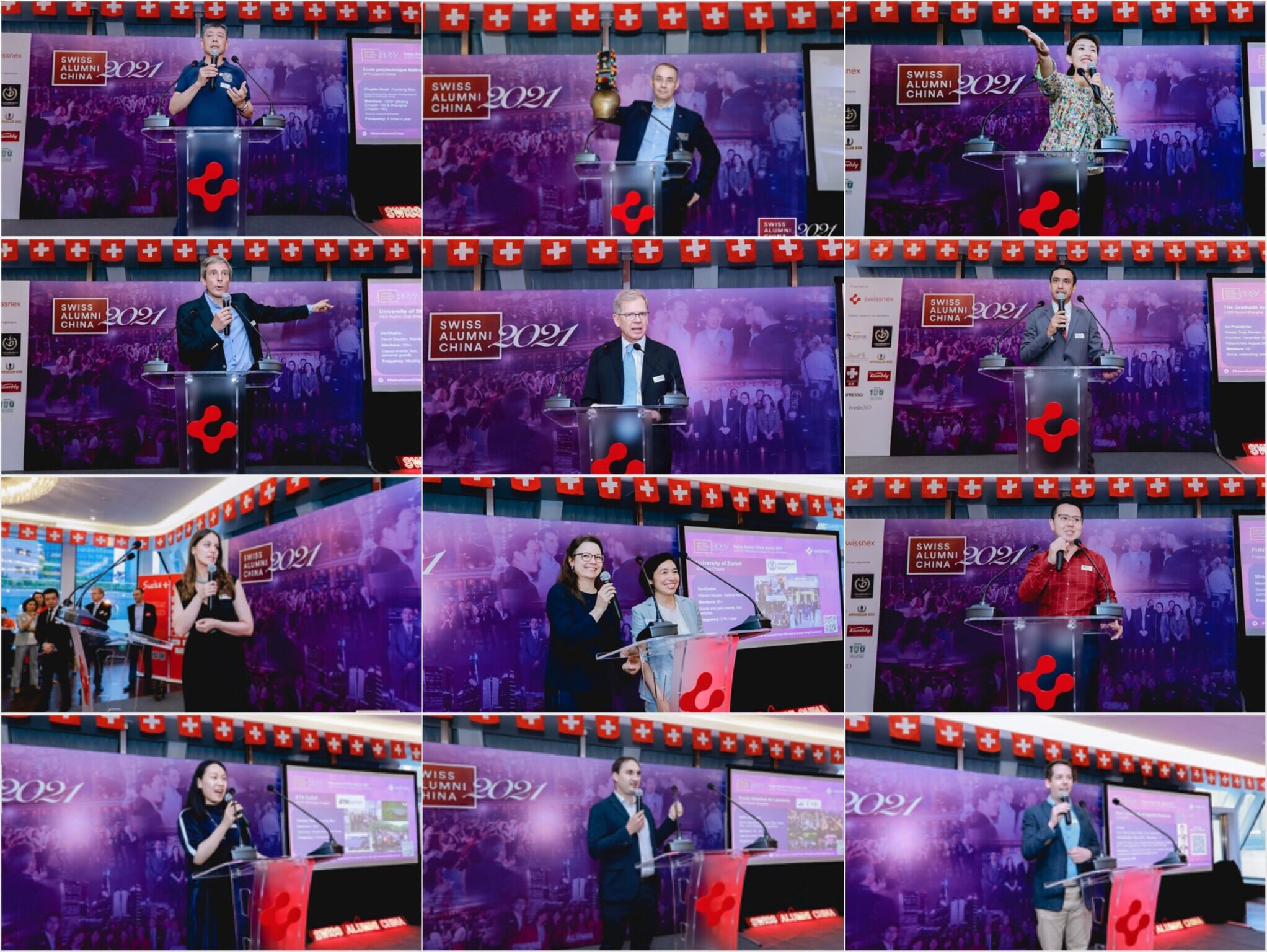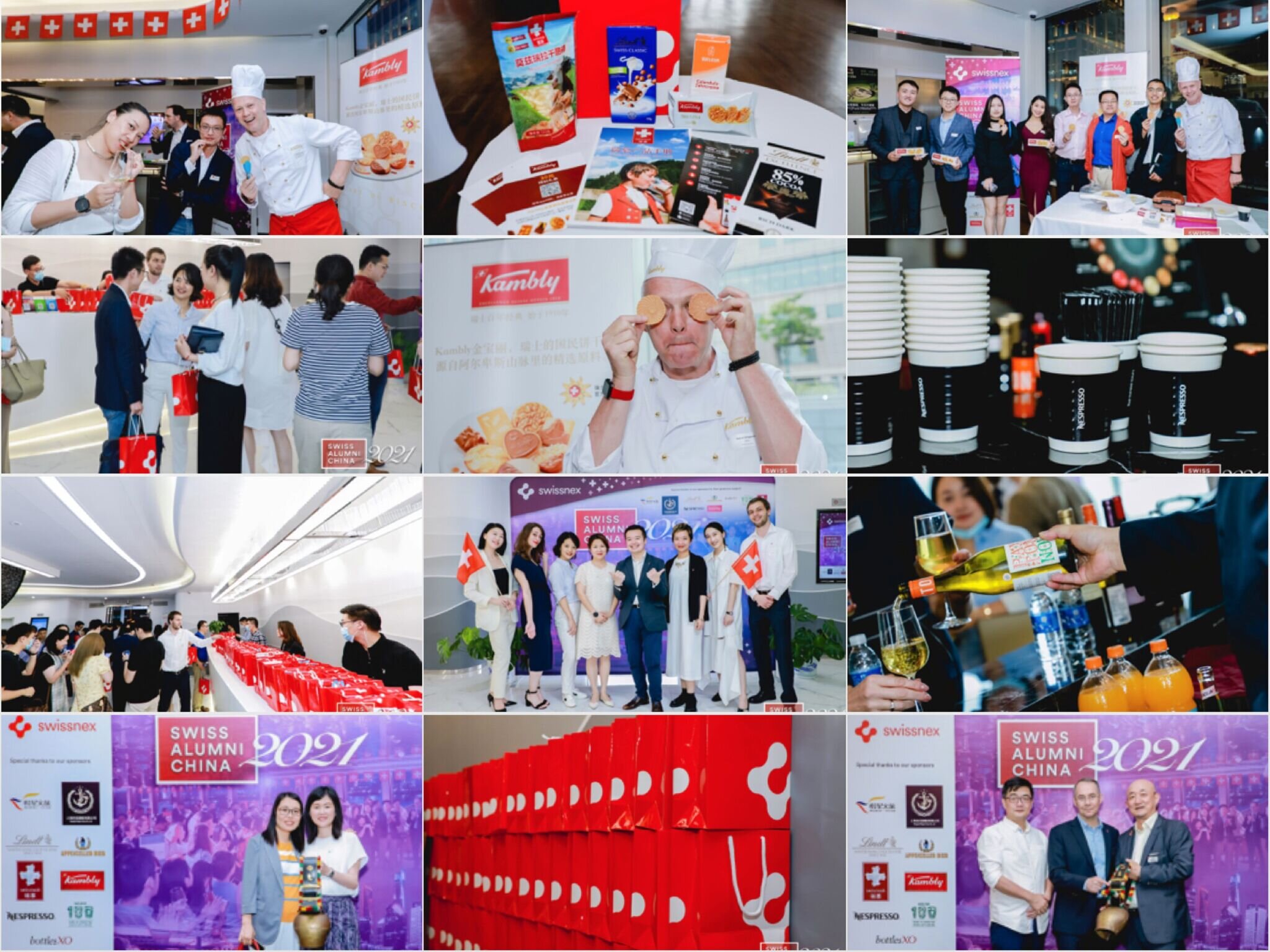1. Would you like to say a few words about yourself and your area of research?
I am a Lecturer & Researcher at the Product Management Center of the Zurich University of Applied Sciences (ZHAW). My research focuses on digital innovation for sustainable product and service business.
2. How did you learn about the staff mobility program at Swissnex in China and why did you decide to take the opportunity?
I learned about the program in the annual call by ZHAW Ressort Internationales. The program offered me the ideal format to embed internationalization into my daily job at ZHAW. After a stay at swissnex Boston in March 2019 and the great experience, I could join swissnex China in November 2022 with a focus on research and innovation methods.
3. How did Swissnex in China help you in connecting with relevant actors?
Based on some cornerstones in the proposal and periodic exchanges with the Head of Academic Relations, swissnex helped to connect me to world-class contacts across whole China. For instance, I could exchange with roles from ShanghaiTech, Tsinghua and Tongji University.
4. Would you mind sharing some of the insights you have gained from this program regarding your field of research in China?
For one, I learned a lot on how research and innovation is conducted in China. The conversations with the different stakeholders from the academic, start-up and corporate landscape unveiled illuminating organizational, processual and technological aspects. For another, the stay also offered me highly valuable insights into the Chinese culture.
5. What has the experience brought to you? / How did you benefit from the experience?
The program brought me precious insights and contacts which are highly valuable for my daily business at ZHAW. We will jointly leverage these benefits in follow-up publications, short-term workshops and long-term innovation projects.
6. Would you like to say a few words to those who are interested in joining the staff mobility program in the future?
I can give swissnex in general and the program in particular the highest recommendations. With the planned new formats it offers even more opportunities. I am happy to share knowledge and contacts, feel free to contact holr@zhaw.ch.





























































































































